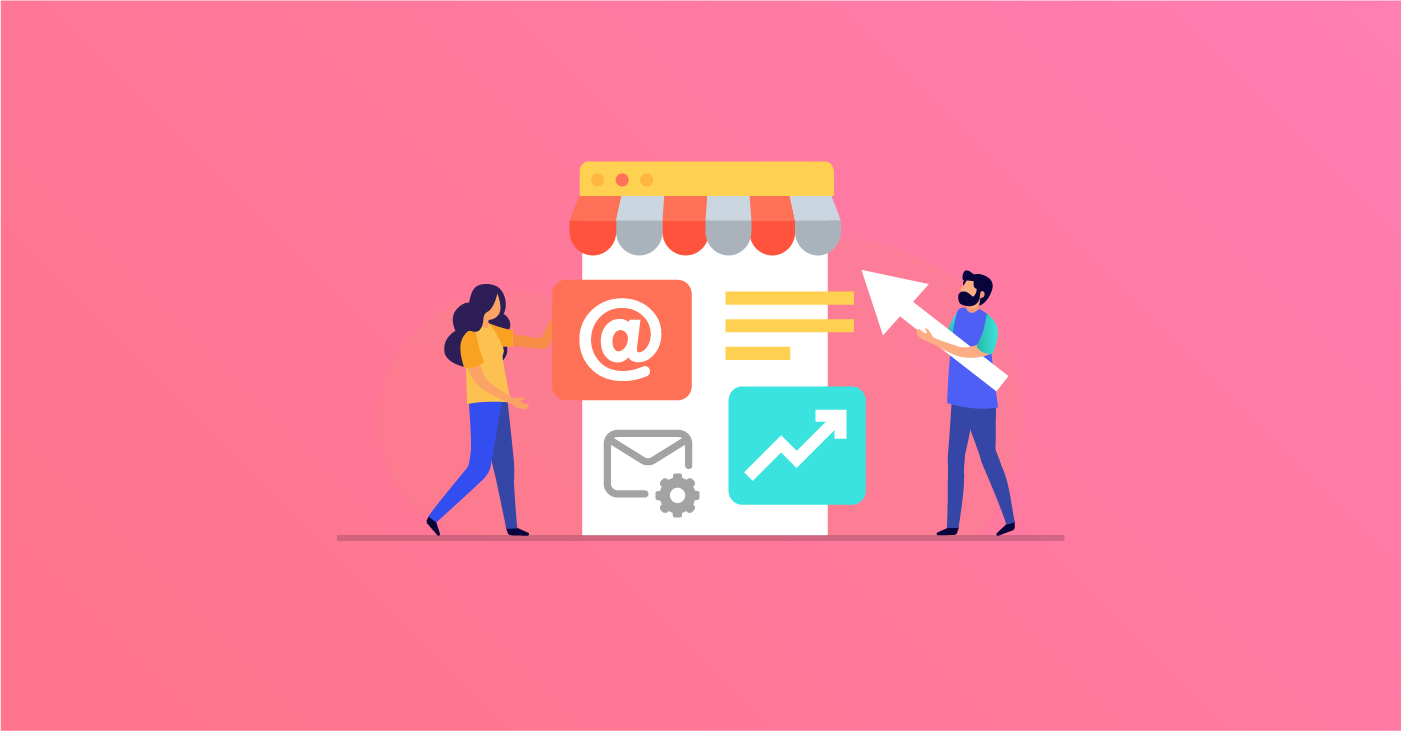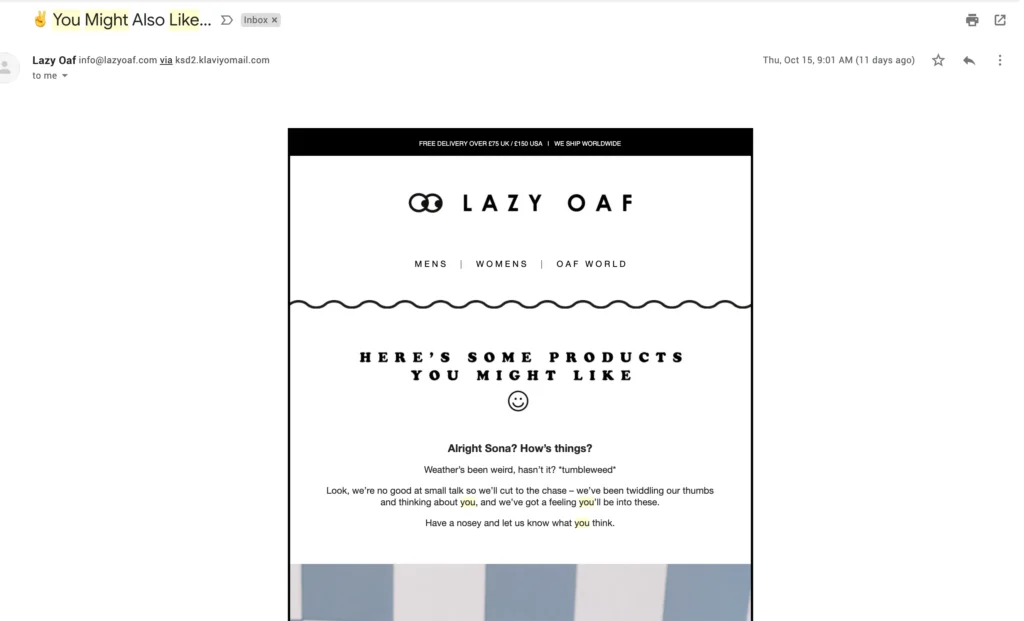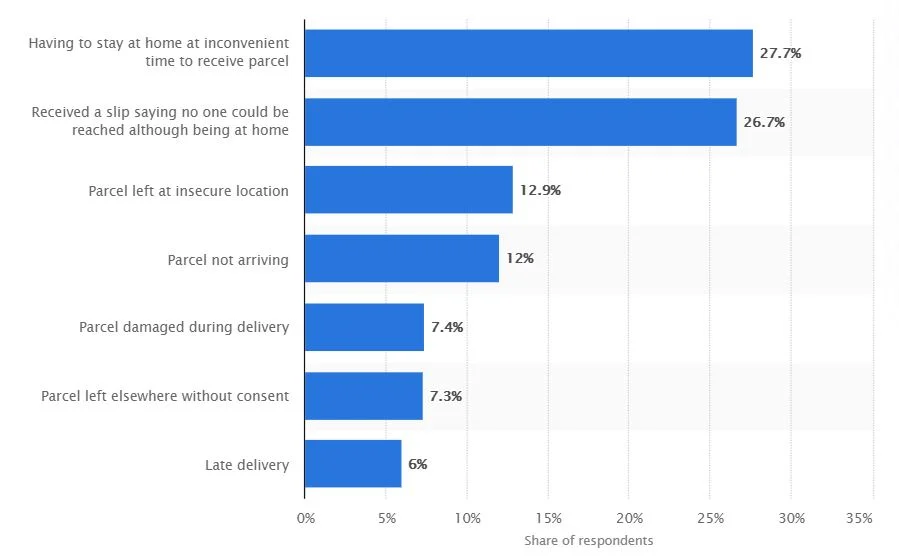
In recent years, multichannel marketing strategies have established themselves as the cornerstones of contemporary digital marketing. In our current digital era, marked by this multichannel approach to brand communication, email marketing has risen to the occasion, becoming one of the most popular digital touchpoints and lead conversion tools.
However, eCommerce brands sometimes struggle to keep customers engaged and interested after the purchasing process has ended. Luckily, email marketing can solve this problem. When it comes to email marketing strategies, no other approach keeps clients engaged, like post-purchase emails.
Due to their engaging nature, post-purchase emails should be considered among the best email trends to look out for in 2021. If you’re thinking of implementing post-purchase emails as part of your marketing strategy, have a look at these five types to boost eCommerce sales.
1. Upselling and Cross-Selling Emails
Also known as “product recommendation emails,” these messages are used to keep customers engaged in the purchasing cycle by giving them recommendations based on previous sales.
Although upselling and cross-selling are not exactly the same, both strategies can be grouped due to their similarities. However, for clarity, let’s consider the key differences between the two:
- Upselling is a sales strategy used by sellers looking to entice customers to purchase more expensive items or spend extra money on upgrades and other add-ons. The ultimate goal is to generate more revenue. Premium options like same-day shipping or higher quality products are common examples of upselling sales techniques.
- Cross-selling is the process of pairing different types of products to increase the value of a sale. Although it’s often confused with upselling, cross-selling only occurs when an extra product is added to the purchase.
In essence, cross-selling is a specific type of upselling. Brands like Apple, for example, are famous for their cross-selling techniques since they will add different items like chargers or headphones to a single product purchase.
Sending follow-up emails after a purchase, offering recommended products to upsell or cross-sell to customers, is a simple yet effective email post-purchase technique. However, to make the most of it, it’s important to have a deep understanding of your company’s inventory.
The best way to know what products you should recommend, based on their popularity or scarcity, is to implement a good inventory management system that allows you to have your finger on the pulse of merchandise sales in order to add value to previous sales.
2. Order Confirmation Emails
Sometimes, adding value to your customers’ purchases is not the most effective way to boost sales or gain a bigger profit margin. More often than not, the best way to give your sales a boost is to offer a great online shopping service. To do so, you must ensure your order confirmation process is on point.
Put simply, order confirmation pages are the last stage of the purchasing process. These types of emails should be sent as soon as the payment comes up, and they should include essential information for the customer, letting them know:
- If their order went through.
- How they can access their receipt and an order confirmation code.
- Who they should contact in case there are any payment or shipping issues.
- What they should expect in terms of future communications and products.
This post-purchase email marketing strategy is especially useful for online retailers that embrace the BOPIS (buy online pick up in-store) culture. These emails should be used as a communication channel between the store and the client since the latter will need to contact the former to pick up their purchase.
The BOPIS business method – also known as “click and collect” – has proven particularly popular during the COVID-19 pandemic since many retailers were forced to close due to social distancing measures. As a result, BOPIS models saved many businesses in 2020.
According to a study conducted by Statista’s sources, “click-and-collect” sales amounted to a whopping $58.52 billion in 2020 in the US alone. This figure is expected to surpass the $74 billion milestones by 2022.
This is only possible if proper order confirmation measures are put in place. To make the most out of BOPIS and click-and-collect strategies, online retailers must not underestimate the importance of keeping their inventory organized, using inventory accounting to manage large shipments of merchandise.
3. Customer Appreciation and Loyalty Emails
Marketing your products and offering a great service are vital to boost sales. However, sometimes online retailers need to focus on their brand image. That’s where customer appreciation messages come into play.
Also known as the “thank you for your purchase” emails, these staples of customer retention are essential to developing a strong loyalty marketing strategy.
Although many eCommerce brands and online sellers obsess over lead conversion and lead generation, investing all their time and resources into creating welcome emails, sometimes it’s more important to retain loyal and satisfied clients before trying to scale up your client list.
Welcome emails are perfect onboarding messages, especially for digital companies that use a membership site and want to teach newcomers how to use their service. However, these types of emails are not the most effective way to keep recurrent customers engaged since welcome emails are one-off messages sent to brand-new clients.
The best way to retain customers – new and old – is to include special discounts, offers, and vouchers in your post-purchase emails. Giving something back to loyal customers is an excellent way of putting your money where your mouth is, giving those “thank you for your purchase” messages way more weight and importance.
Additionally, these “once in a lifetime” deals can give your sales a healthy boost since they’re very likely to entice clients to keep on buying your merchandise or hiring your company’s services.
4. Shipping Confirmation Emails
These sales-boosting post-purchase emails serve the same purpose as order confirmation emails: ensuring your customers are satisfied with the service given throughout the order fulfillment process. Shipping is another important step in the post-purchase stage of the buyer journey.
Statista surveyed UK online shoppers about their main issues during the delivery of their parcels. Over a quarter of the people surveyed described having to stay home at inconvenient times to receive their parcels as a “problem.”
The best way to ensure there are no issues regarding the delivery of a shipment is by sending instant post-purchase emails to clients asking for ideal delivery times. Additionally, it wouldn’t hurt to go the extra mile and send another email 24 hours before the parcel arrives to allow customers to accommodate their schedules.
As you may already know, offering excellent customer service in terms of delivery is a top tip to boost sales since it can help you retain clients and keep customers satisfied. This can turn your buyers into brand advocates and contributors to sales thanks to the power of word-of-mouth recommendations.
5. Product Review Emails
Asking for product reviews in a post-purchase email is not only a great way to keep clients engaged with your brand but is an excellent way to leverage the power of user-generated content. As we have previously mentioned, you can easily turn your satisfied customers into excellent brand ambassadors using their reviews and ratings as a marketing tool.
Highlighting their reviews on the product pages of your eCommerce platform can help you build a strong brand image, making your company seem transparent, trustworthy, and confident. It’s known that most online shoppers trust other buyers’ reviews, using satisfaction rates as a guide to decide what products they should purchase.
According to data gathered by Statista, online reviews had a strong effect on customer preferences during 2020. Statista’s survey showed that a whopping 94% of buyers commented that positive reviews made them more likely to trust a business.
On the other hand, the vast majority of shoppers – 92% – said negative reviews made them less likely to trust a brand.
As you can see, positive reviews can boost a company’s sales, regardless of what industry the business operates in. Any type of product from sporting apparel to project scheduling software can benefit from a positive review written by a satisfied user.
If you want to brag about your customer satisfaction rates – and you should – the best way to go about it is using inventory management metrics like NPS (net promoter scores). NPSs are mathematically expressed as “the difference between the percentage of promoters (satisfied customers) and detractors (unhappy clients).”
One Last Piece of Advice
Now, before we let you go and boost your sales using these effective post-purchase tactics, let’s go over a key detail: the importance of automation. Remember that, regardless of what type of post-purchase email you decide to go for, RPA is the best way to make the process faster and more effective.
Thanks to the increase in computing power and AI-based technology, automation can be used to rapidly scale your eCommerce marketing since it enables efficiency and can do more in less time.
Additionally, automation will help you reduce the human costs associated with employing sales representatives. Automating this entire process so that emails are sent instantly is an effective way of implementing agile email marketing into your post-purchase strategy.
AUTHOR BIO
Nick Shaw has been Chief Revenue Officer (CRO) of Brightpearl, the number one retail-focused digital operations platform which encompasses sales and inventory management software, accounting, logistics, CRM, and more, since July 2019 and is responsible for EMEA Sales, Global Marketing, and Alliances.
Before joining Brightpearl, Nick was GM and Vice President of the EMEA Consumer business at Symantec and was responsible for a $500m revenue business. Nick has written for sites such as Hubspot and G2. Here is Nick Shaw’s LinkedIn.








